About
Other names: the hormonal IUD; the hormonal coil
What is the IUS?
A small plastic, T-shaped device which sits inside the uterus (womb) and releases a small amount of hormone to stop you getting pregnant.
It is one of the most effective types of contraception and will keep you protected from pregnancy for up to 3 to 6 years, depending on the IUS you choose.

Overview

EFFICACY
99%+

FREQUENCY
every 3-6 years

EFFECT ON FERTILITY
Upon discontinuation of use, fertility should return to normal

BLOOD CLOT RISK
Not known to increase risk
IUS is a type of long-acting contraception
The IUS belongs to a category of contraceptives called LARCs (long-acting reversible contraceptives). The IUS provides contraception for a long period of time - up to 3 or up to 6 years (long acting). It can also be removed at any point if your plans change and you will return to your normal level of fertility once it is removed (reversible).
How Does THE IUS work?
The IUS works locally in your uterus (womb). It slowly releases a small amount of hormone, a progestogen called levonorgestrel into your uterus.
This prevents pregnancy by:

Thickening the mucus of your cervix, preventing sperm from entering the uterus.

Inhibiting sperm movement so it’s more difficult to reach and fertilize an egg.

Thinning the lining of your uterus, making it less likely for an egg to attach to the uterus. This also causes lighter periods or no periods for some women.
How effective is the IUS at preventing pregnancy?
The IUS is over 99% effective at preventing pregnancy with both perfect use and typical use, meaning that less than 1 in 100 women will get pregnant every year if they have an IUS.
Without contraception 85 in 100 women will get pregnant in a year.
Why is it so effective?
It’s a very effective option because once fitted by a healthcare professional, the IUS doesn’t rely on you having to remember to take it for it to work.
Yes. It contains a progestogen hormone (called Levonorgestrel) which is similar to the hormone progesterone made naturally in your body by your ovaries.
The IUS does not contain oestrogen.
The IUS is not suitable for everyone. To find out whether the IUS is right for you, talk to a GP, nurse or pharmacist.
The IUS may not be suitable if you:
-
Know or suspect you might be pregnant.
-
Have or have had certain types of cancer.
-
Have liver disease.
-
Have unexplained bleeding between periods or after sex.
-
Have arterial disease or a history of serious heart disease or stroke.
-
Have current or recurrent pelvic inflammatory disease.
-
Have an untreated sexually transmitted infection (STI) or genital infection.
-
Have problems with your womb or cervix e.g. fibroids.
-
An inflamed cervix.
-
Had an inflamed or infected womb after delivery or abortion, during the past 3 months.
-
Have a condition associated with increased susceptibility to infections.
PP-UN-WHC-GB-0073 September 2023




